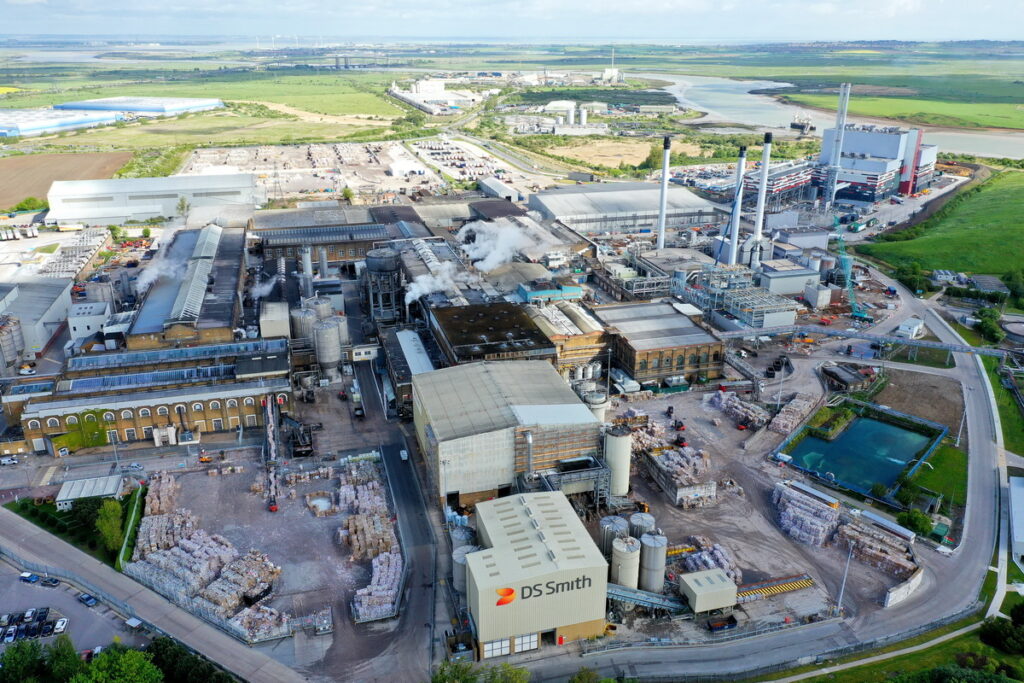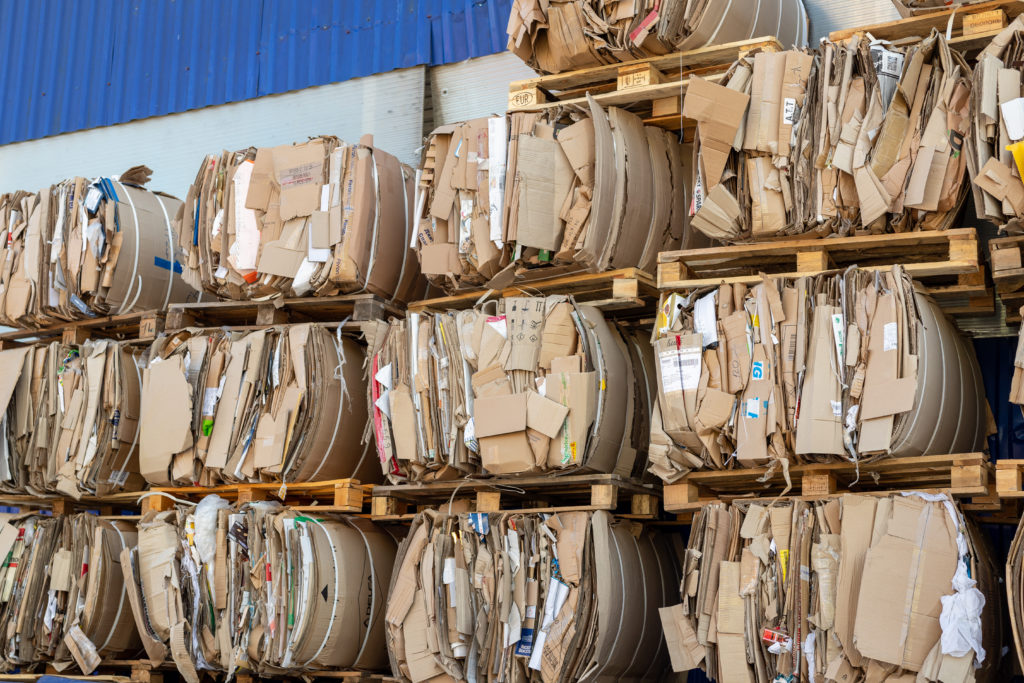The investment will double consumption of used newspapers and magazines at the mill and put the Finnish paper giant ahead of Canada's Abitibi Consolidated which owns the Bridgewater mill in Ellesmere Port. Globally, Abitibi currently produces 2.6 million tonnes of de-inked material a year. With an additional 320,000 tonnes a year consumption at Shotton, UPM-Kymmene's international output will be marginally ahead of Abitibi.
At a presentation to journalists in Finland last week, UPM-Kymmene also confirmed that it is the world’s largest producer of paper, although it ranks in third place for paper and board production behind world leader Stora Enso of Finland and America’s International Paper.
Recycled pulp
The use of recycled pulp is growing in importance to the Finnish company, said Hanuu Siikala, vice president of business development. He said that the recycling element had grown through the company’s acquisition of Germany’s Haindl at the end of 2001. Now UPM-Kymmene uses 21% recycled pulp, 39% mechanical pulp and 40% chemical pulp.
Explaining some of the thinking behind the company’s involvement in the recycled newsprint sector, Mr Siikala said recycled fibre (RCF) is seen by UPM-Kymmene as a “strategic raw material. RCF is used for products close to newsprint users and in mills close to the supply of waste paper and markets.”
And, he explained the company’s decision to build mills outside of Finland in other European markets. “Finland was originally a supplier of virgin fibre newsprint. Now there is definitely an emphasis on moving to markets where RCF is used to manufacture the newsprint. Our strategy is very much to concentrate on the European market.”
Shotton
When considering long term strategy for the Shotton Mill, two factors were key to the decision to invest in converting the mill to using only recycled fibre. One was the untapped supply of used newspapers in the UK and the second the potential willingness of local authorities to agree long-term supply contracts. Mr Siikala said: “The main reason for the Shotton investment was that we saw the potential to get more paper for recycling and to capture that increase for our use.”
He explained that UPM-Kymmene had opted for the longer term investment in Shotton's development rather than expanding in Germany. “We have been studying for a long time where we can get it (RCF). Germany is a very tough place and in the UK we saw opportunities.”
Mr Siikala said that the company has succeeded quite well in the UK and France in securing supplies with long term contracts which are harder to agree in Germany. “These support efficient collection of recovered papers and encourage optimum quantity and quality.”
It was in 1999 that UPM-Kymmene saw the potential for future conversion at Shotton, said the vice president. “With an existing 306,000 tonnes demand for recovered newspapers and magazine plus the 320,000 tonnes extra that will be needed, the raw material demand will be doubled,” he said. The new de-inking capacity will end the use of wood in papermaking at the mill and wood supply contracts will be honoured with the wood being sent to the company's other mills on the Continent.
Continued on page 2










Subscribe for free